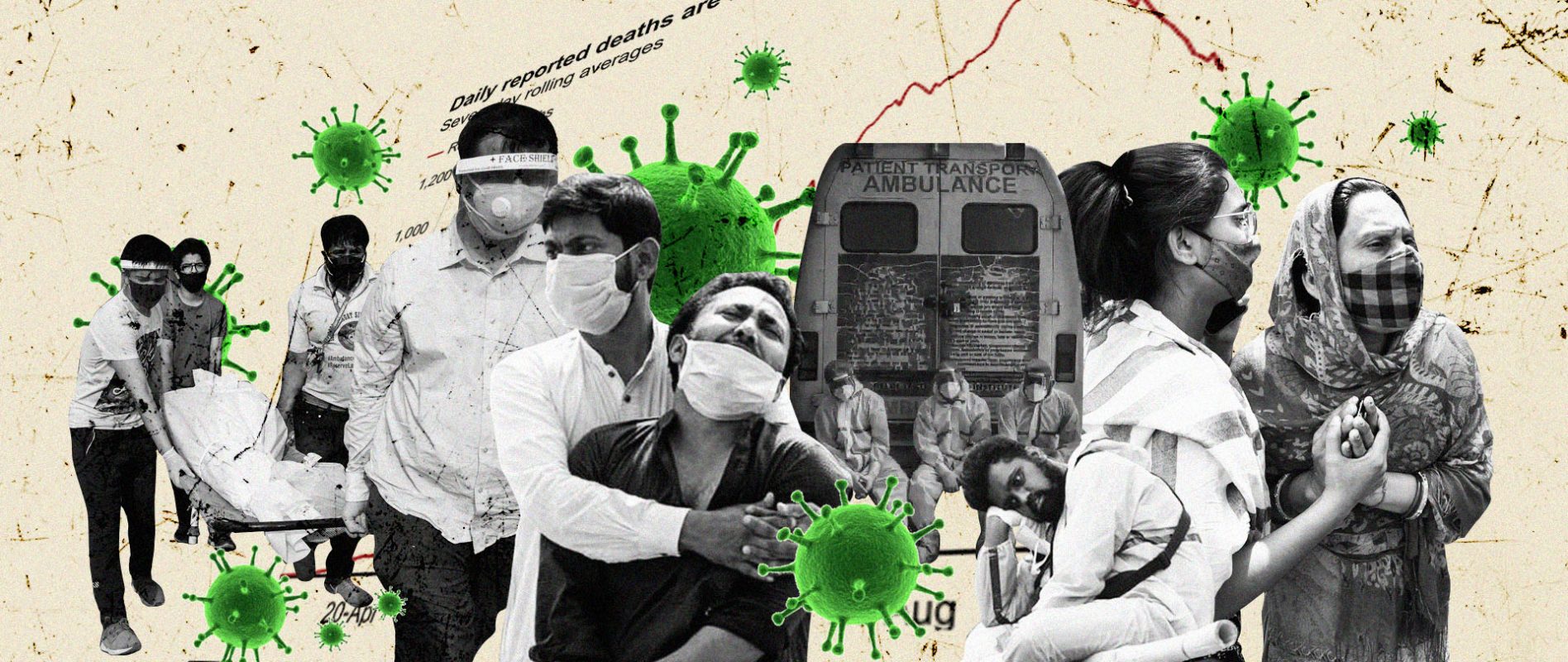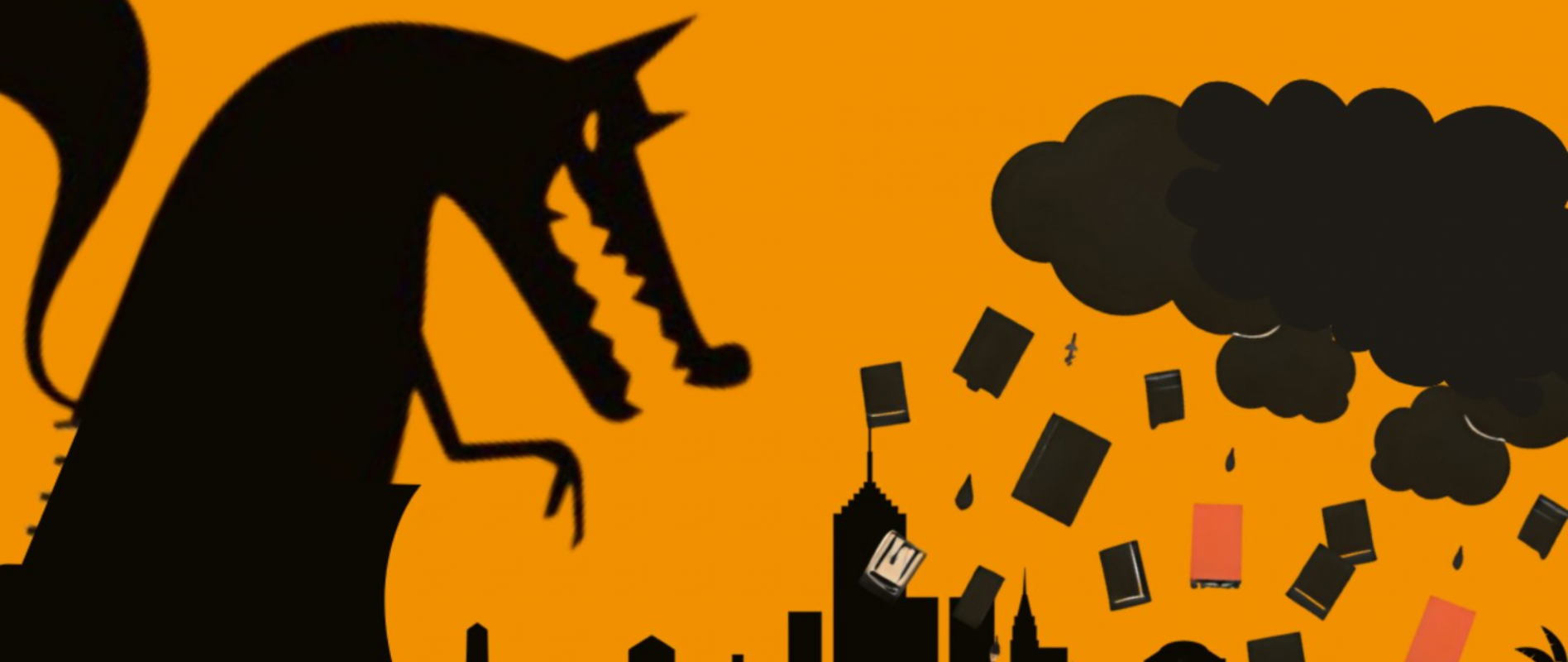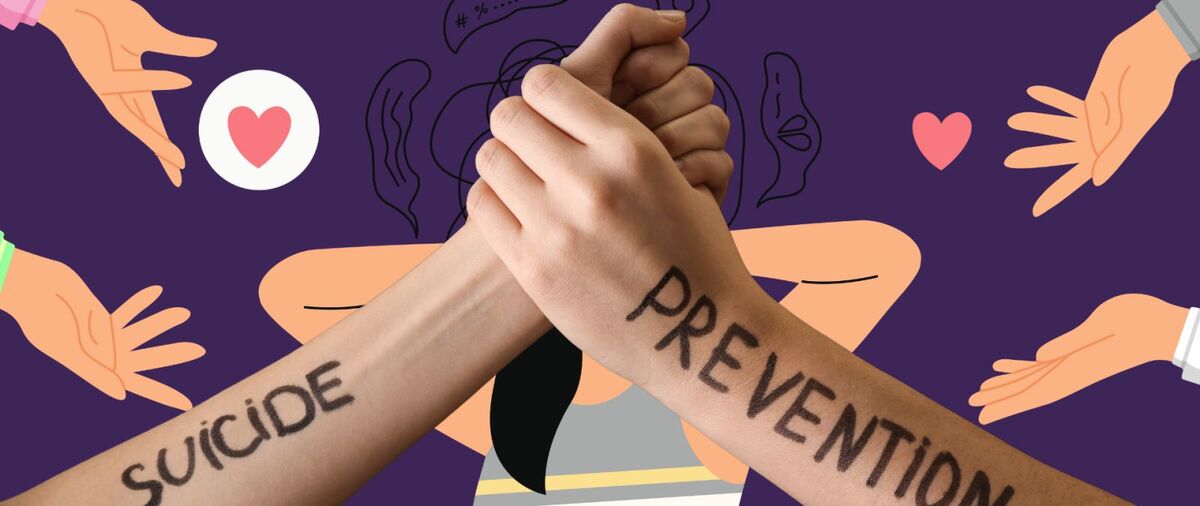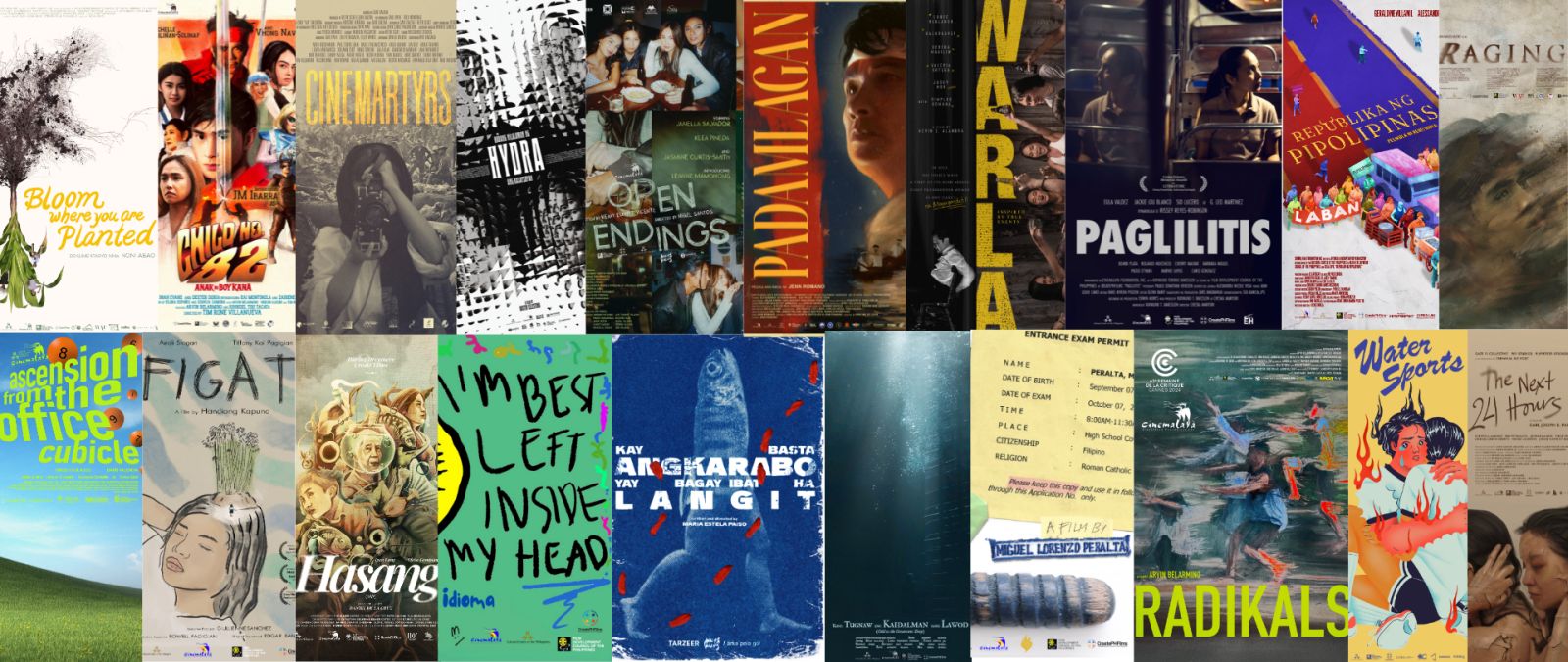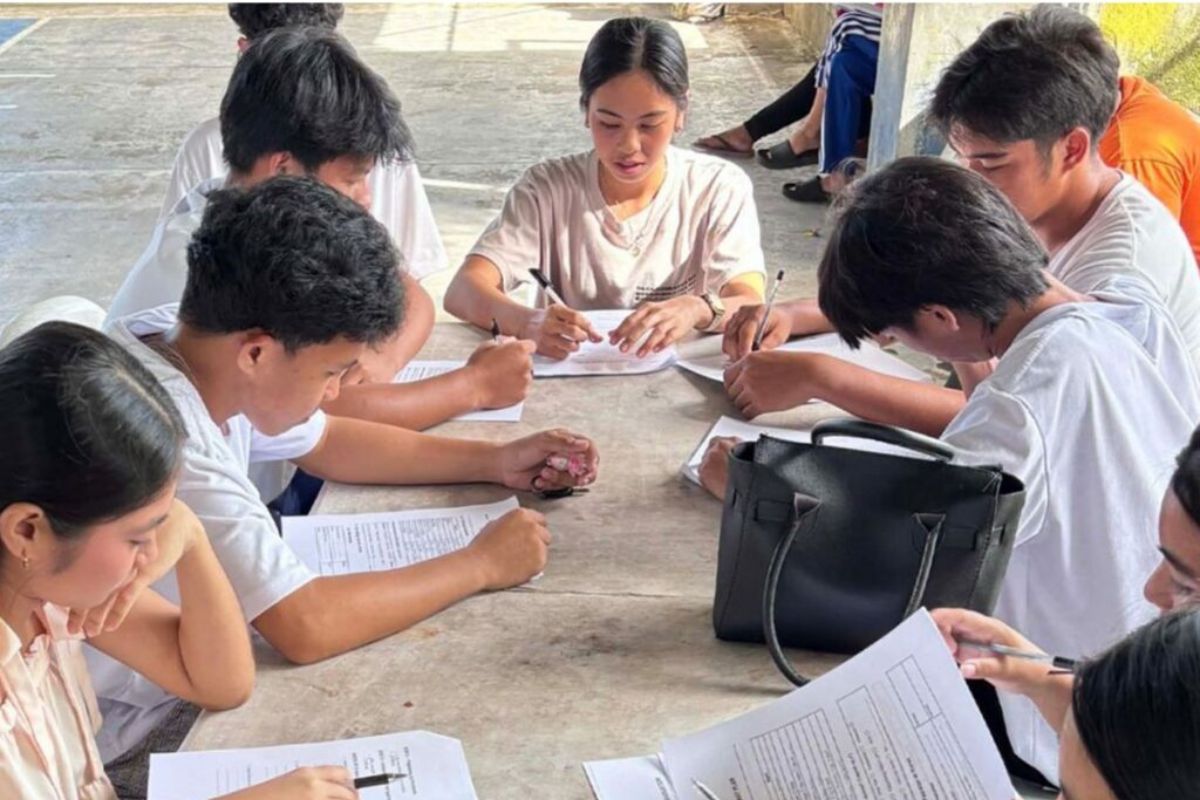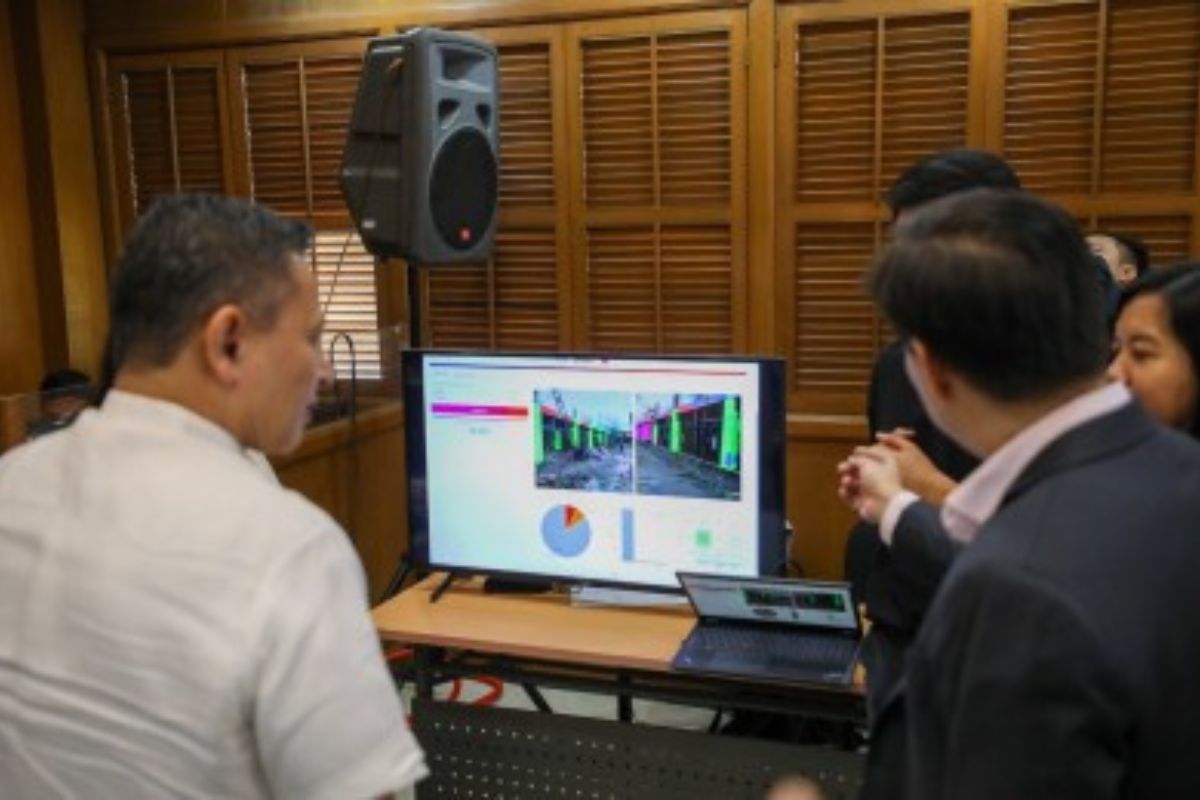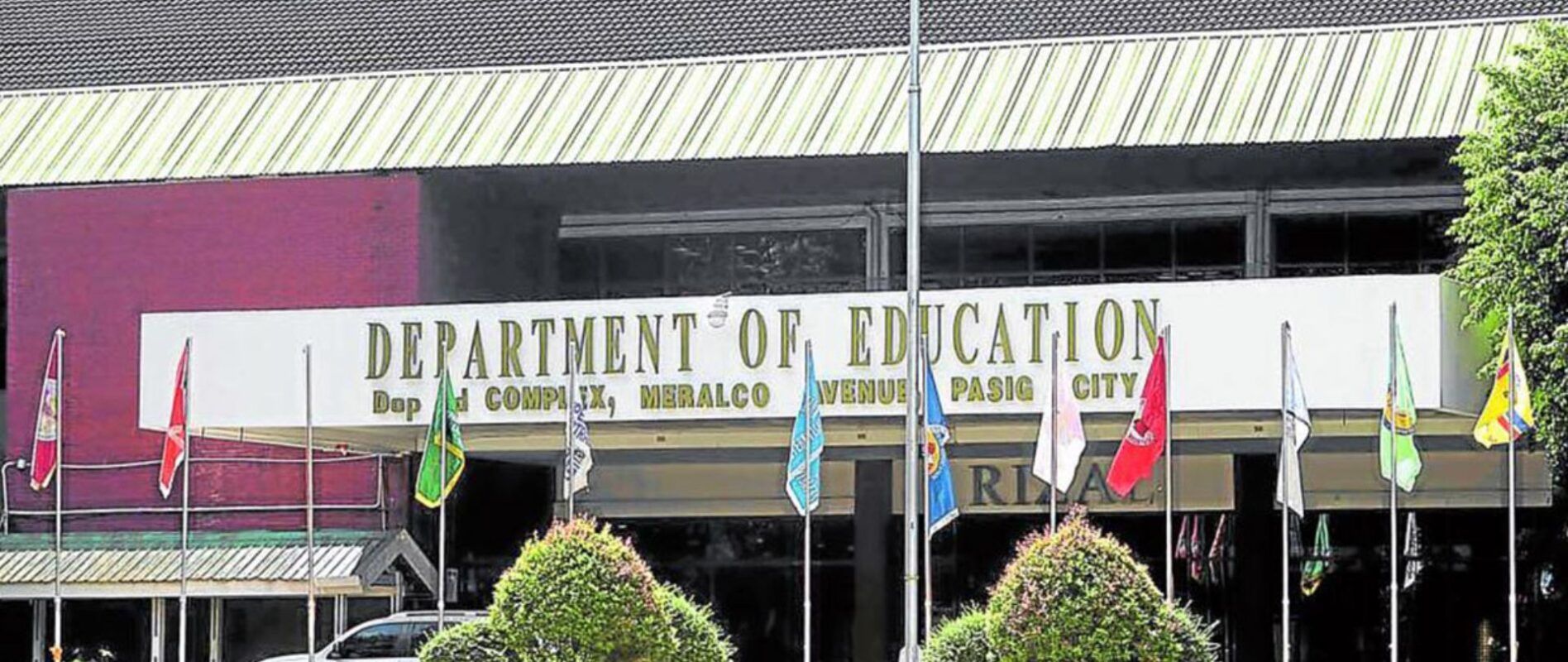WHAT’S HAPPENING IN INDIA, WHERE THE WORLD’S WORST CORONAVIRUS OUTBREAK IS CURRENTLY TAKING PLACE
Over 400,000 new cases are added to India's daily toll of COVID-19 patients, marking it as the world's gravest virus outbreak as of yet. The number of cases present Indians in an incredibly difficult spot, with overwhelmed hospitals, oxygen scarcity, mass cremations, and a brewing racist issue around the world against its people.
As humanity continues to grapple with the varying COVID-19 situations around the globe, some countries faring far better than most, India grabbed the world’s attention in recent weeks with the alarming news of its largest outbreak yet, and what it means to its people. Just this weekend, another record-breaking 400K count was added to its increasingly growing number of Corona patients, with 4,000 deaths reported by the government. Some local experts believe that, despite how large these numbers are, it is still an underrepresentation of just how dire the pandemic has infected India right now.
India reports another 400,000+ cases, 4000+ death day
A sustained level of horribleness
And its not correct
True number surely closer to 25,000 deaths, 2-5 million infections today
Lots of ways to estimate but here's a simple one
Look at the crematoriums
Thread
— Ashish K. Jha, MD, MPH (@ashishkjha) May 9, 2021
True enough, it’s the wildly harrowing images that’s been promulgating social media throughout the weeks that have successfully painted the country’s distress to the rest of the world. Mass cremations are happening out in the streets with multiple bodies at a time to accommodate the rising death toll, patients are taken from hospital to hospital and often times dying in their own cars because there are simply no more space available inside, and the lack of social distancing as residents clamor and crowd in lines for oxygen, medical supplies, and other necessities. Several political and religious rallies have also been organized amidst this surge, which has affected the spread of the virus even more.
I cry for India: “Those who are lucky will survive—whoever has to die will die”.
Hidden camera of 🇮🇳 hospital: horrible ICU conditions, shortages, long lines of sick. @BBC follows a family that lost a 35-year old mother of 2.
HT @yogital @NicolaCareempic.twitter.com/rwydV3cbFW
— Eric Feigl-Ding (@DrEricDing) May 6, 2021
The surge in coronavirus infections in India is being blamed on more contagious variants of the virus, as well as government decisions to allow massive crowds to gather for religious festivals and political rallies.
How can India control the surge?
https://t.co/eWgPVSXRzl— The Stream (@AJStream) May 9, 2021
Kerala: More than 100 priests have tested positive for Covid-19 after leading religious services, 9 priests died in the last weekhttps://t.co/OOvK9YfSSx
— OpIndia.com (@OpIndia_com) May 9, 2021
Moreover, there’s a growing unrest among the people towards the Indian government, led by Prime Minister Narendra Modi, whose pandemic response is constantly being berated by experts. Modi has also announced to start construction for a luxurious parliamentary house amidst everything going on in the country, even more enraging the Indian community both within and outside the country.
PM Modi's luxury parliamentary house construction plans are drawing a severe backlash as India's Covid-19 crisis worsens pic.twitter.com/6JX5SlBBCO
— TRT World (@trtworld) May 8, 2021
This pandemic has exposed Modi's atrocities and insensitives.
Govt has failed people of India#NoMoreModi— Truth@INDIAN✋ (@DrINCsupporter) May 9, 2021
History will be Remembered that the indian prime minister was busy in election rallies,when the people of india were dying#स्वास्थ्य_मंत्री_नदारद_है#KisanMazdoorEktaZindabaad pic.twitter.com/fHhHAniopn
— Doaba,Punjab (@Sachin88617922) May 1, 2021
Of course, the shocking and alarming turn of events in India is not only an issue for the nation alone, but a serious health and humanitarian threat for the rest of the world as well. On top of the simple fact that each death is a loss for humanity as a whole, the rapid spread of the virus within the country is also introducing new mutations or strains that are proven to be more communicable than others.
Additionally, in light of all the anti-Asian violence happening due to the pandemic, it is frightening to think about how this might affect the Indian and Asian community, and the racist hate thrown at people of Asian decent around the world.
Just mere months ago, Asians have seen a devastating rise on race-related attacks around the USA after being pinpointed as the source for the virus by former USA President Donald Trump. Elder members of the Chinese, Korean, Indian, Filipino, Thai, and more Asian communities have been victims of these growing crimes, and it’s easy to suspect that these recent news updates from India would fuel it anew.
Although no reports have been made in mainstream media yet about racist attacks fueled by this recent outbreak, there has been growing accusations of racism against countries banning citizens of Indian descent to come back after visiting India.
This has been the case for Australia, which has banned Indian-Australians from returning home if the country they’re coming from is India. This has fueled outrage from the Australian population who believe they shouldn’t turn their backs on their fellow Aussies at this time of need—especially considering the fact that Australia has managed to more or less contain the virus more impressively than the rest of the world has.
As for how this relates to us here in the Philippines, India’s outbreak is an alarming cautionary tale for us as well. As more and more people brave going out for unessential travels and friendly hangouts, this is something for us to remember so that we don’t get too lax with our own health protocols.
A lot of Filipinos are also using this outbreak as a way to alleviate our own national crisis and shortcomings, calling us “lucky” compared to India’s COVID response. With the number of cases we’re still getting everyday, and how big of a chunk has been affected in our total population, we’re far from it. Millions of Filipinos are still hungry, unemployed, sick, and devastated—and that hardly calls for a celebration.
What’s happening in India might just be one of the worst case scenarios when it comes to this global pandemic, but it also paints a realistic picture of what would happen when the healthcare system is on the brink of collapse, people are left to their own devices, and a government gets lax on social distancing regulations, vaccine rollouts, and implementing other safety protocols.

